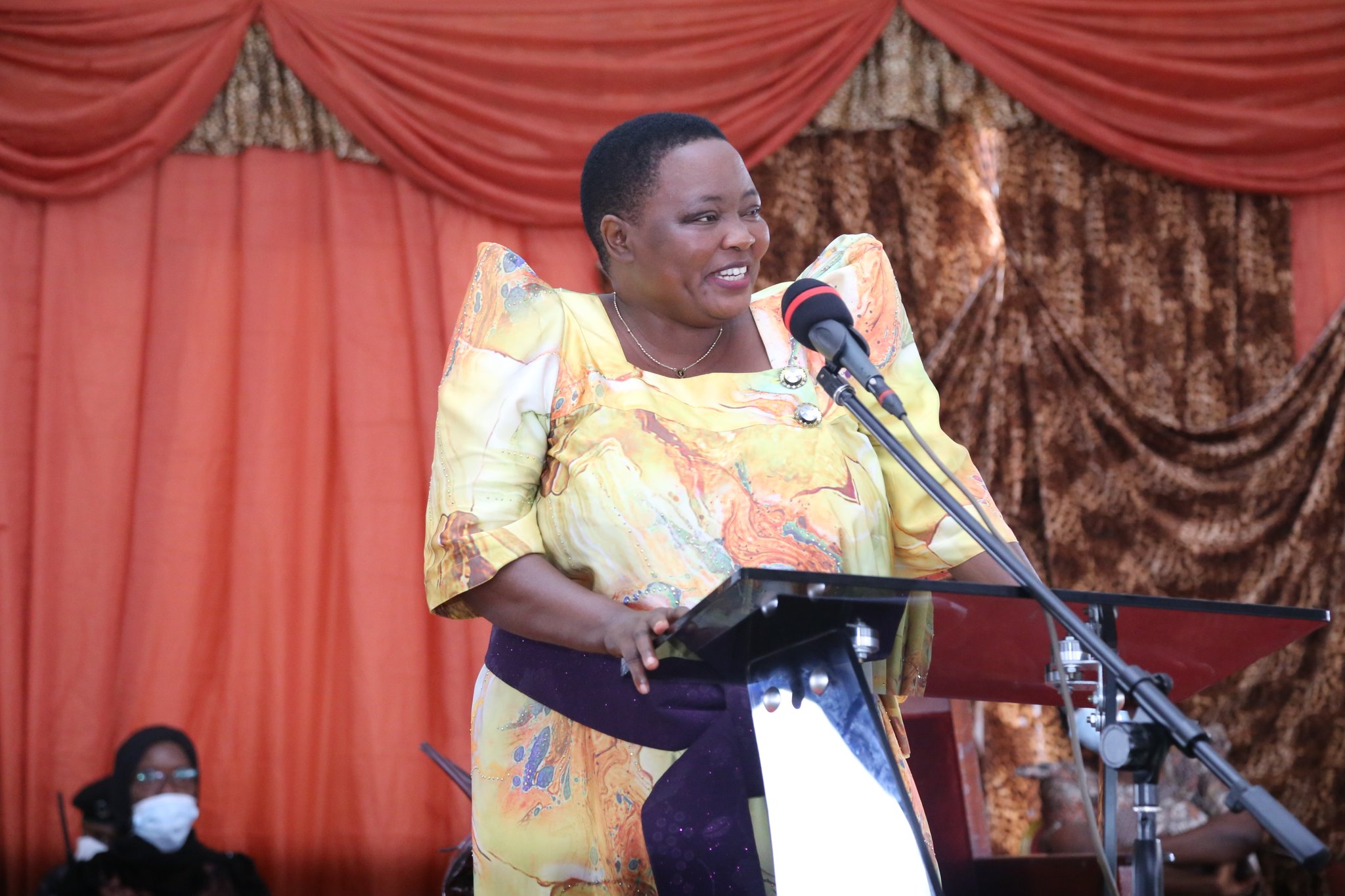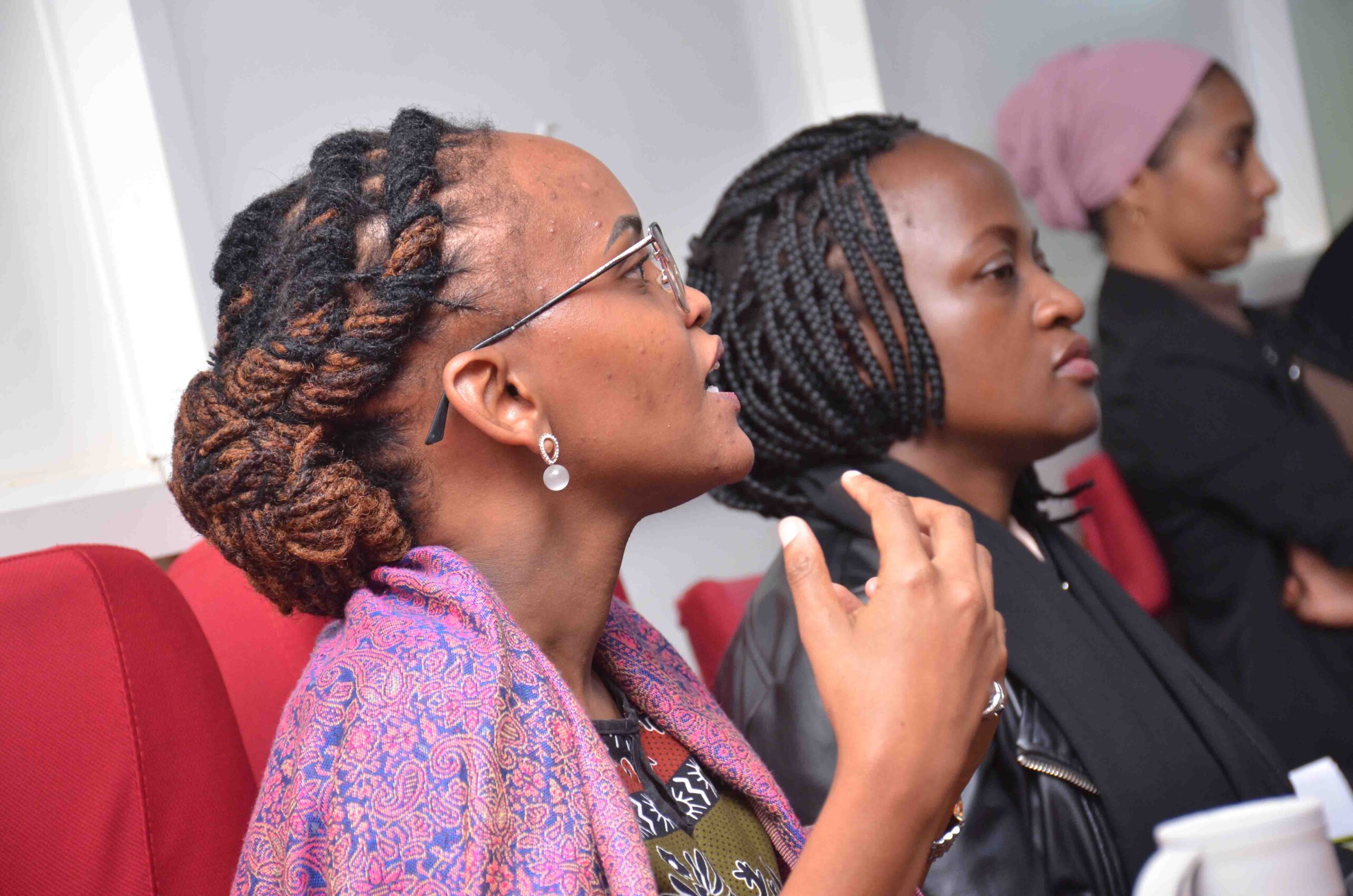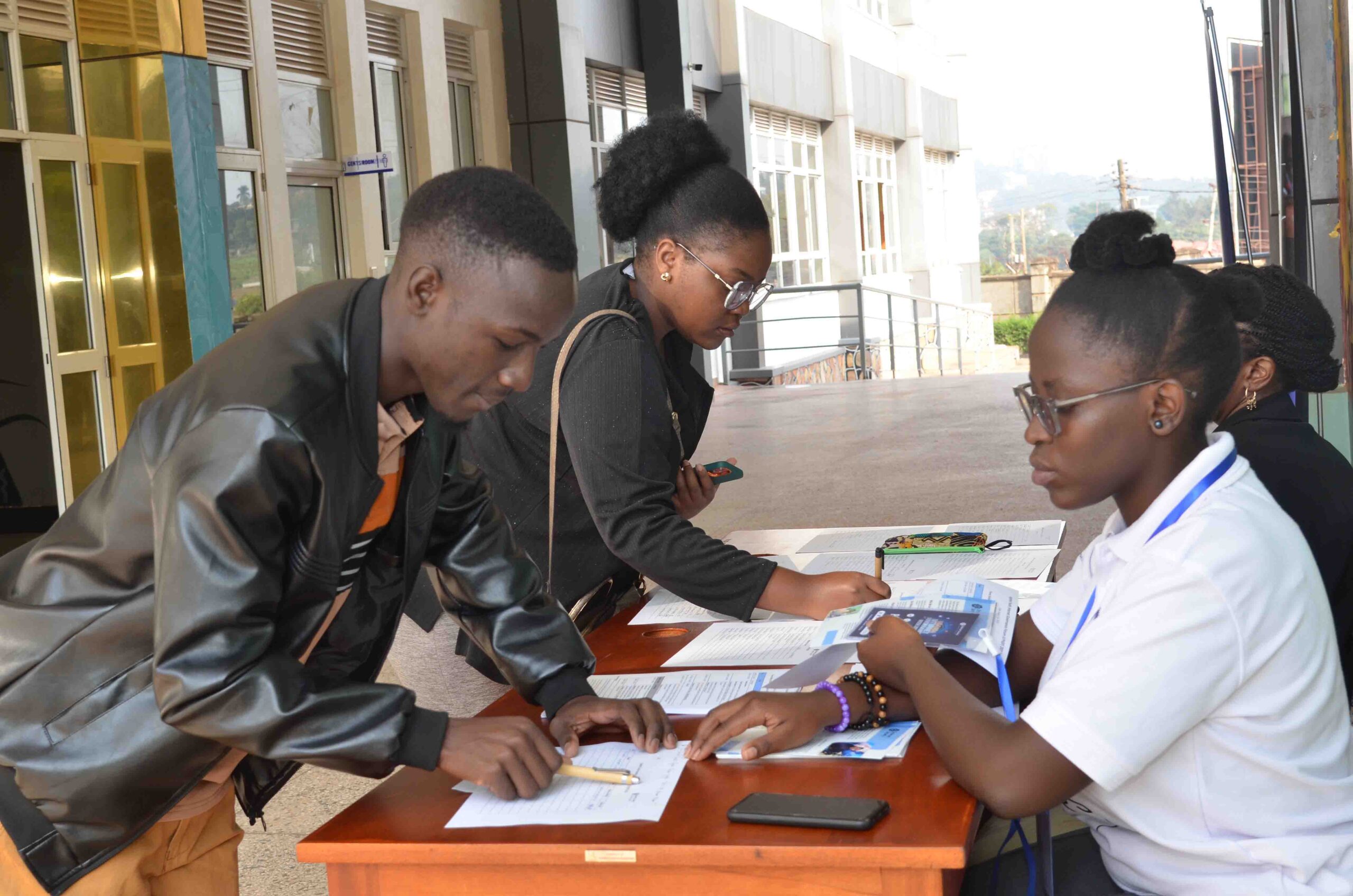Advancing Women’s Development and Ensuring Safety from Gender-Based Violence: A Comprehensive Approach
Empowering Women, Safeguarding Futures: United Against Gender-Based Violence.
Abstract
Women’s development and safety from gender-based violence (GBV) are critical issues that require urgent attention and action globally. This paper explores the multifaceted challenges faced by women, particularly in low- and middle-income countries, and presents strategies for promoting their development and safeguarding their rights. It highlights the role of empowerment through education, economic opportunities, legal reforms, community engagement, and international collaboration in fostering a safer and more equitable society for women.
Introduction
Women’s development and safety are intrinsically linked, and both are essential for creating a just and equitable society. Despite significant progress in various sectors, women continue to face systemic barriers and threats to their well-being, particularly from gender-based violence. This paper examines the intersection of women’s development and GBV, exploring the ways in which empowerment initiatives and protective measures can work together to create sustainable change.
Section 1: Understanding Women’s Development
1.1 Defining Women’s Development
Women’s development encompasses the process of enhancing women’s social, economic, and political status. It involves providing access to education, health care, economic opportunities, and political participation, allowing women to achieve their full potential and contribute meaningfully to society.
1.2 Barriers to Women’s Development
Despite global efforts, numerous barriers hinder women’s development. These include limited access to education, unequal economic opportunities, cultural norms that restrict women’s autonomy, and legal frameworks that fail to protect women’s rights. In many regions, these challenges are exacerbated by poverty, conflict, and inadequate infrastructure.
1.3 Strategies for Promoting Women’s Development
To overcome these barriers, a multifaceted approach is needed. Key strategies include:
- Education: Providing quality education to girls and women is foundational to their development. Education empowers women with knowledge, skills, and confidence, enabling them to pursue economic opportunities and advocate for their rights.
- Economic Empowerment: Access to economic resources, including employment, entrepreneurship opportunities, and financial services, is essential for women’s independence and security.
- Leadership and Participation: Encouraging women’s participation in leadership and decision-making roles at all levels ensures that their voices are heard and their needs are addressed in policy and development programs.
Section 2: Addressing Gender-Based Violence
2.1 The Prevalence and Impact of Gender-Based Violence
Gender-based violence is a pervasive issue that affects women across all socio-economic strata. GBV includes physical, sexual, emotional, and psychological abuse, as well as harmful practices such as female genital mutilation and child marriage. The impact of GBV on women’s physical and mental health, economic stability, and overall well-being is profound and long-lasting.
2.2 Legal and Policy Frameworks
Effective legal and policy frameworks are crucial for addressing GBV. These include:
- Legislation: Enacting and enforcing laws that criminalize all forms of GBV is essential for protecting women. Laws should also provide for victim support services, such as shelters and legal aid.
- National Action Plans: Governments should develop and implement national action plans to combat GBV, which should include prevention, protection, prosecution, and partnerships.
- International Agreements: Countries should adhere to international agreements and conventions that promote gender equality and protect women’s rights, such as the Convention on the Elimination of All Forms of Discrimination Against Women (CEDAW).
2.3 Community Engagement and Cultural Change
Combating GBV requires not only legal reforms but also cultural change. This involves:
- Community Education: Raising awareness about the rights of women and the harmful effects of GBV within communities is critical. Programs should target both men and women, encouraging respectful and non-violent relationships.
- Engaging Men and Boys: Involving men and boys as allies in the fight against GBV is crucial. Programs that challenge traditional gender norms and promote positive masculinity can lead to significant cultural shifts.
- Support Services: Providing comprehensive support services, including counseling, legal aid, and healthcare, is essential for survivors of GBV. These services should be accessible, confidential, and culturally sensitive.
Section 3: The Role of International Collaboration
3.1 Global Partnerships
International collaboration is vital for addressing the root causes of GBV and promoting women’s development. Global partnerships can provide resources, share best practices, and foster innovation in addressing these issues.
3.2 Funding and Resource Allocation
Sustained funding is necessary to support programs that address GBV and promote women’s development. International donors, governments, and the private sector should prioritize resource allocation for these initiatives.
3.3 Monitoring and Evaluation
Monitoring and evaluating the impact of interventions is crucial for ensuring their effectiveness. International collaboration can help establish standardized metrics and methodologies for assessing progress.
Conclusion
The intersection of women’s development and safety from gender-based violence presents a critical challenge that requires comprehensive and sustained action. By integrating strategies that promote women’s empowerment, enforce legal protections, engage communities, and foster international collaboration, we can create a world where women are free from violence and able to achieve their full potential. Eliezah Foundation remains committed to advocating for and implementing these strategies to build a safer and more equitable future for all women.
References
- United Nations. (2020). The World’s Women 2020: Trends and Statistics.
- World Health Organization. (2013). Global and Regional Estimates of Violence against Women: Prevalence and Health Effects of Intimate Partner Violence and Non-partner Sexual Violence.
- CEDAW. (1979). Convention on the Elimination of All Forms of Discrimination Against Women.
- UN Women. (2017). Ending Violence against Women: From Words to Action.



